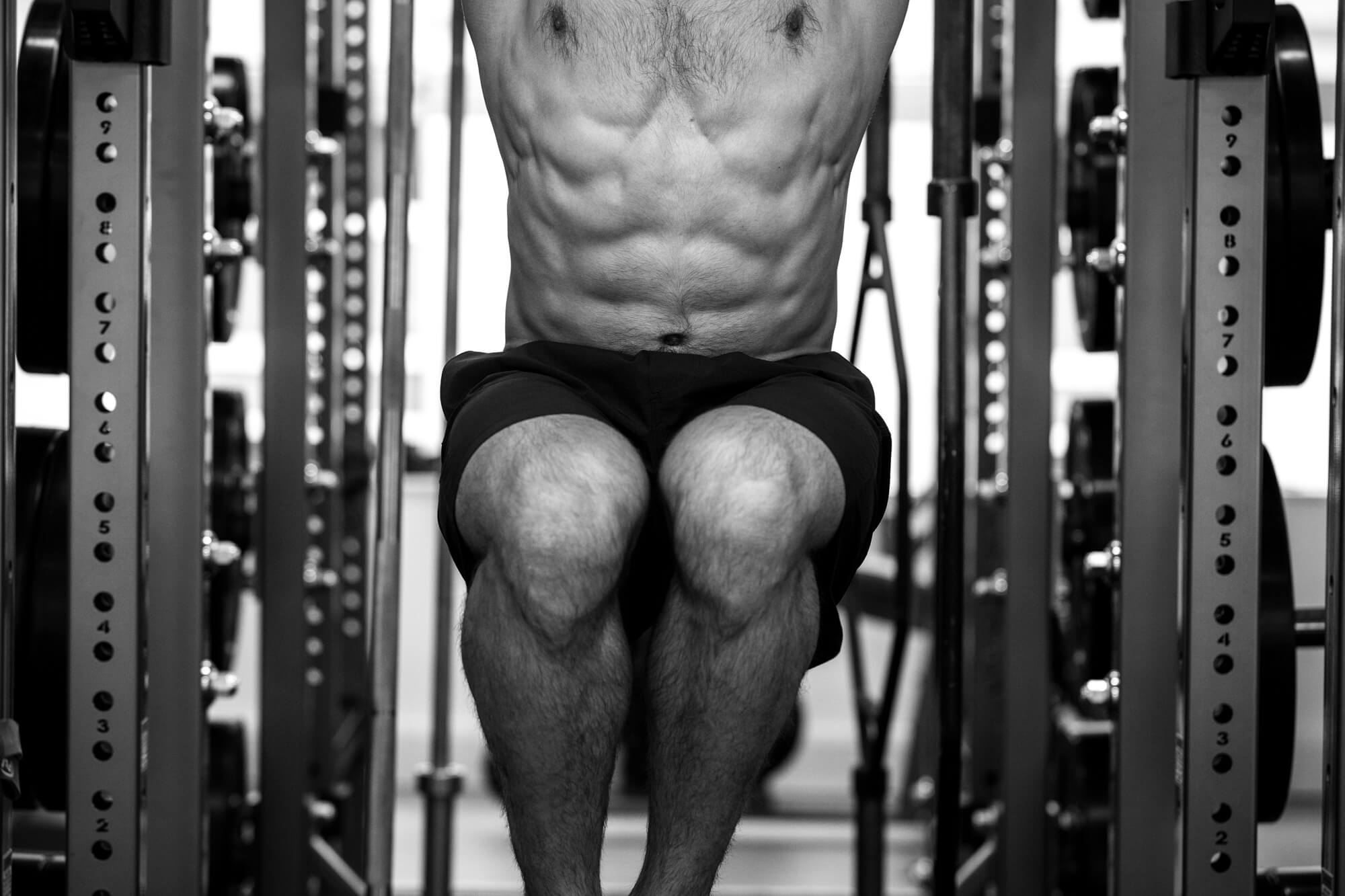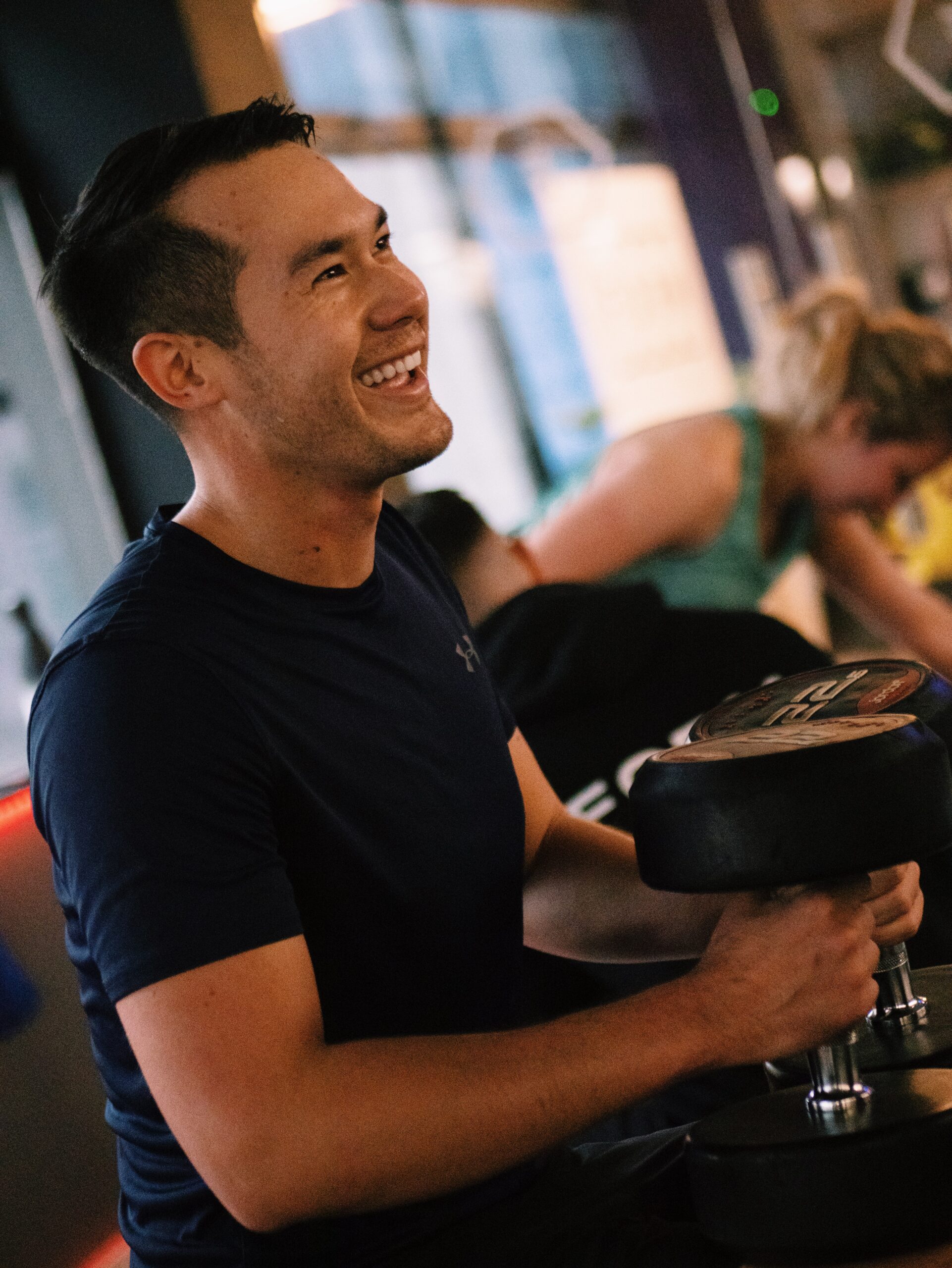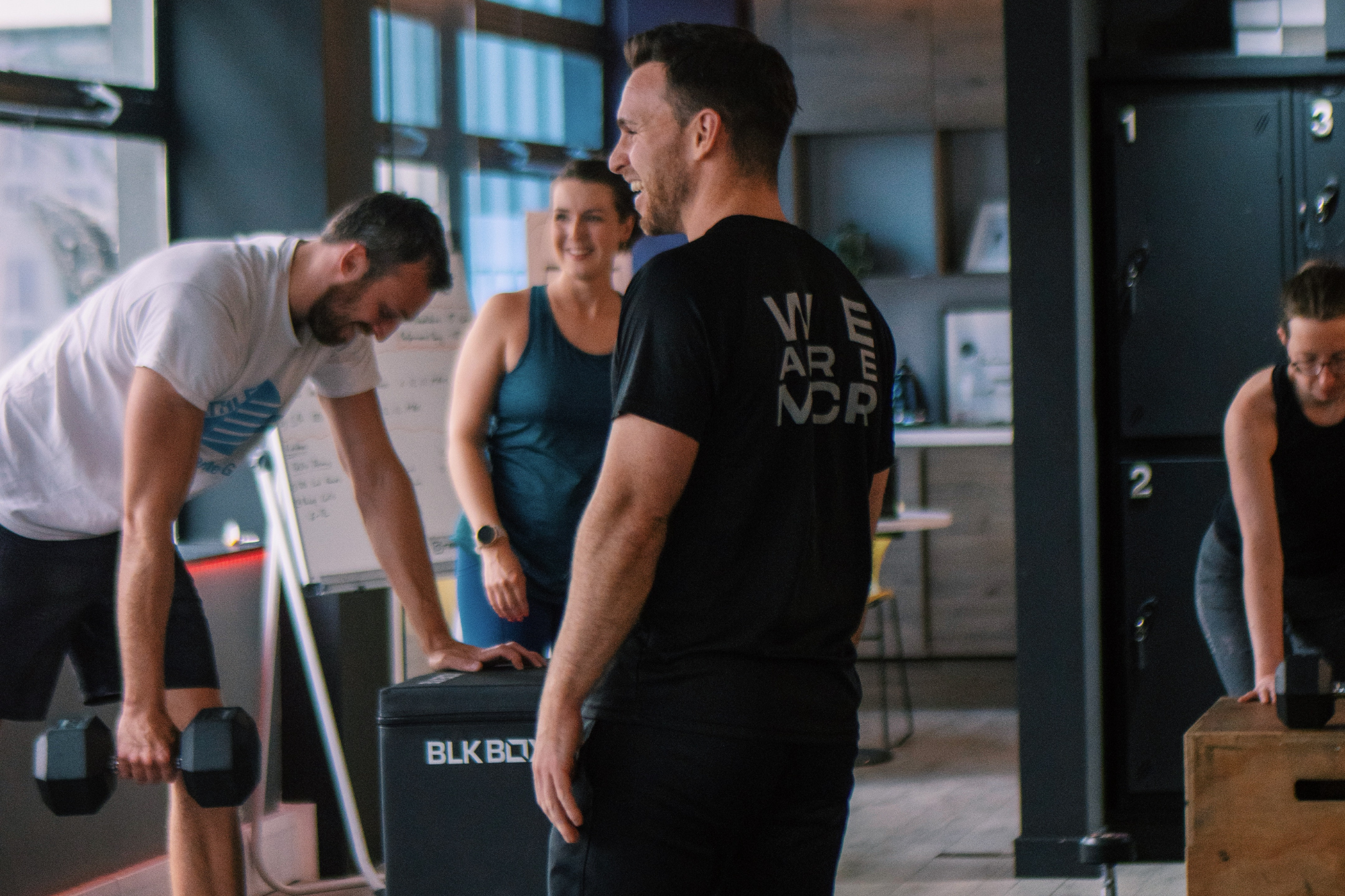 Fat Burning Zone – Part 1
Fat Burning Zone – Part 1
You may have heard about this miracle fat burning zone from your hairdresser or from one of those dreadful shopping channels trying to sell you the latest exercise fad. Magazines constantly promote workouts in the fat burning zone as an effective way to burn fat and most cardio machines around the world have some type of sticker, or image clearly visible, but is it just a myth or is there some truth behind it? Well it’s a bit of a trick question as there is some truth to it, but the way most people promote this miracle fat sweltering zone is unfortunately misinformed.
The two main fuel sources that the body uses to generate energy to perform physical exercise are fats and carbohydrates. Protein does provide a small amount of energy but it so little it is practically irrelevant. When rested the body predominantly burns fat as a fuel source. When active the body start to utilise carbohydrates and as the intensity of physical activity increases the demand on the bodies carbohydrates stores increases. When the body is working near it maximal intensity it is predominantly using carbohydrates as an energy source.
With this knowledge, one would presume to burn the maximal amount of fat from a workout it would be best to work at a lower intensity. This is how the ‘fat burning zone’ came about. The idea is if you keep your heart rate in the “fat burning zone,” which is roughly 55% to 65% of your max heart rate, then you will magically burn more fat than at higher levels of exercise intensity. So why is this not the case?
At 50% of your max heart rate, your body burns a ratio of 60% fat to 40% glycogen. At 75% of your max heart rate, the ratio is 35% to 65%, and at even higher intensities, the ratio is even lower.
So why the heck would you want to workout so hard if you burn so little fat? The reason why is because it’s all about calories. You burn a lot more calories when your workout intensely than you do when you are sitting on the couch.
60 Minutes of Exercise Total Calories Burnt Fat Calories Burnt
Low Intensity (50%) 400 240
High Intensity (75%) 800 280
So now you can see you burn more fat calories at a higher exercise intensity than a lower exercise intensity (280 vs. 240) despite a smaller percentage of fat being burned. But I know you need more persuading because the higher intensity exercise represents only a 20% difference in fat calories burned for a 50% increase in intensity.
There is something critical we are missing in these calculations!
When you exercise at low exercise intensities, you burn very few calories after the exercise is completed. When you exercise intensely such as during a HIIT (High Intensity Interval Training) workout, there is a metabolic disturbance that burns calories after the workout is completed. This is known as the after-burn effect or EPOC (Excess post-exercise oxygen consumption).
This increased after-burn or EPOC is what really gets the fat burning!
To be continued…





